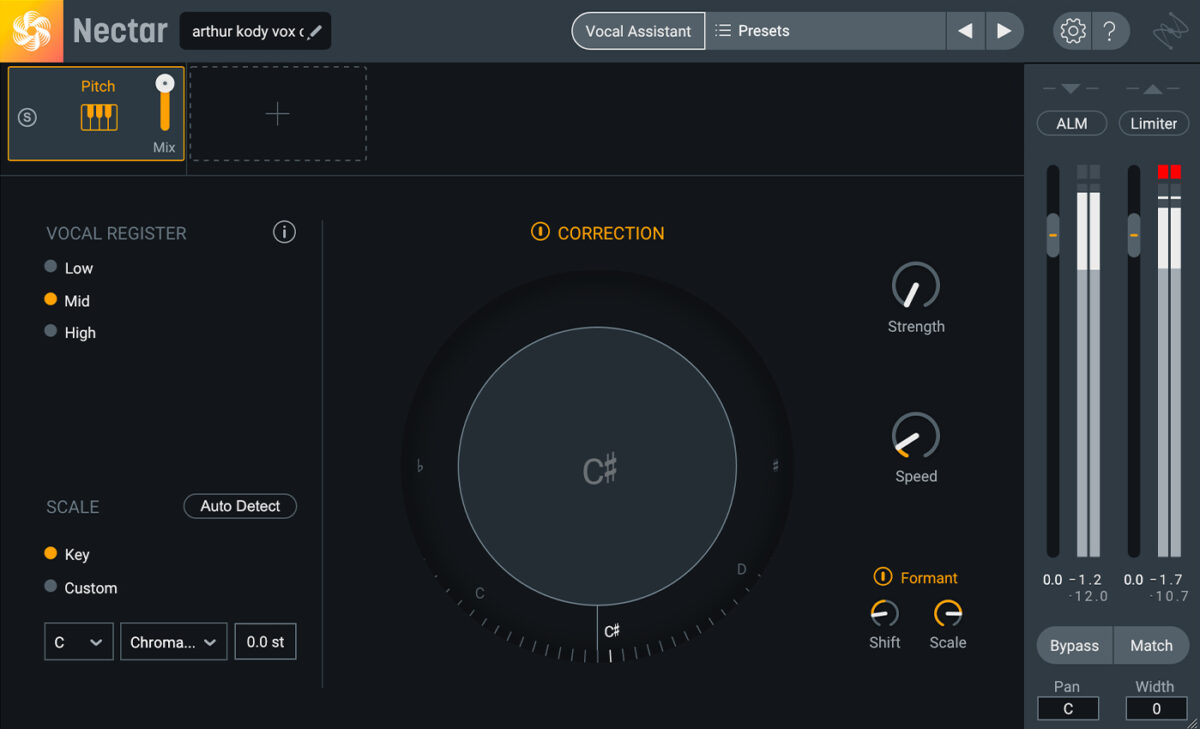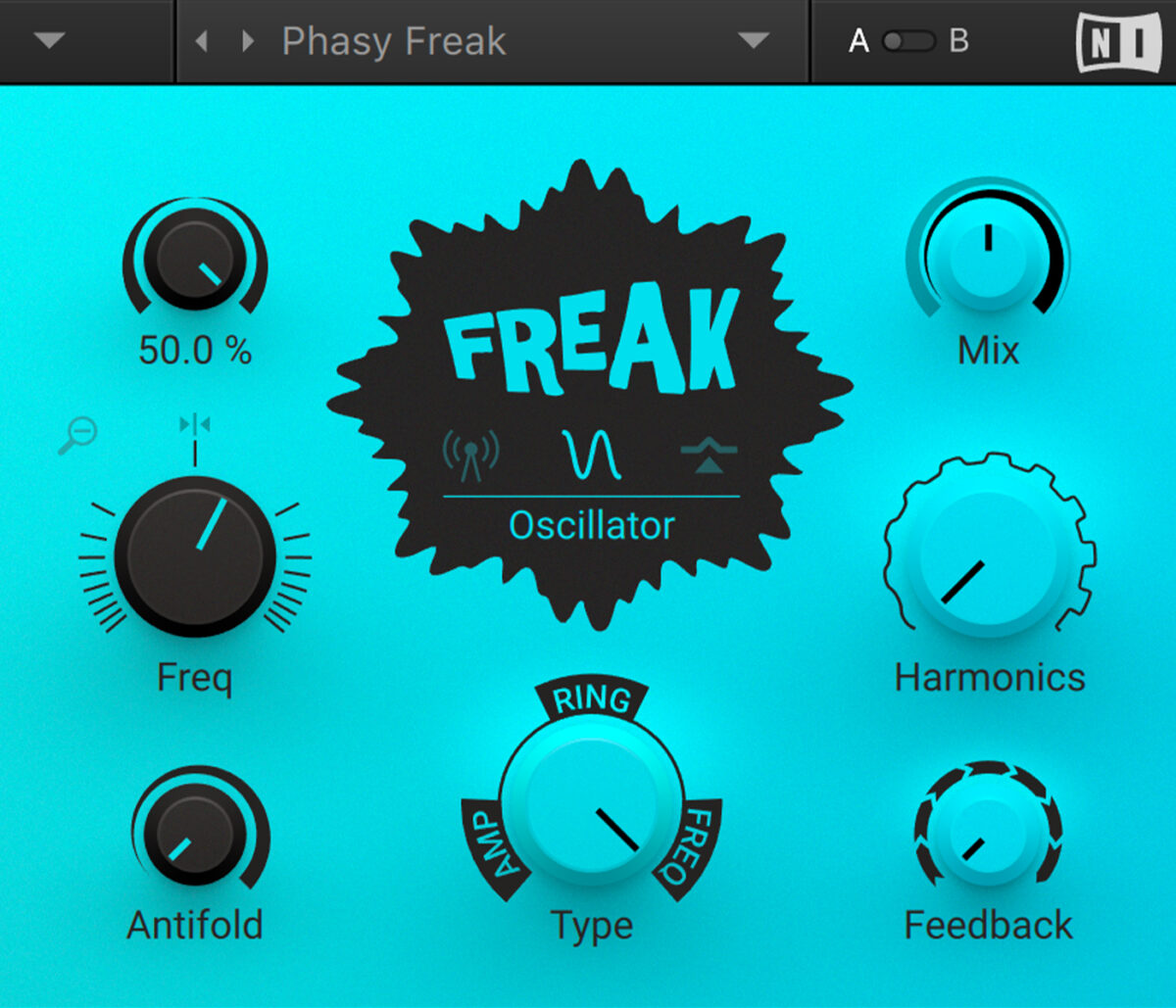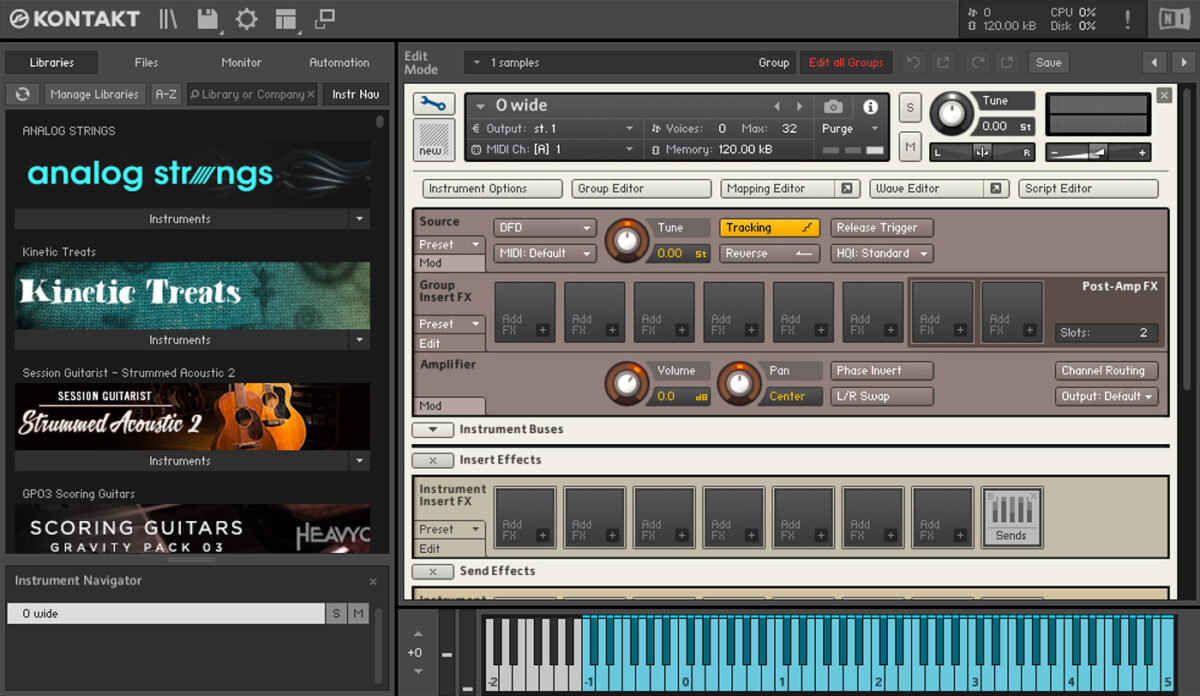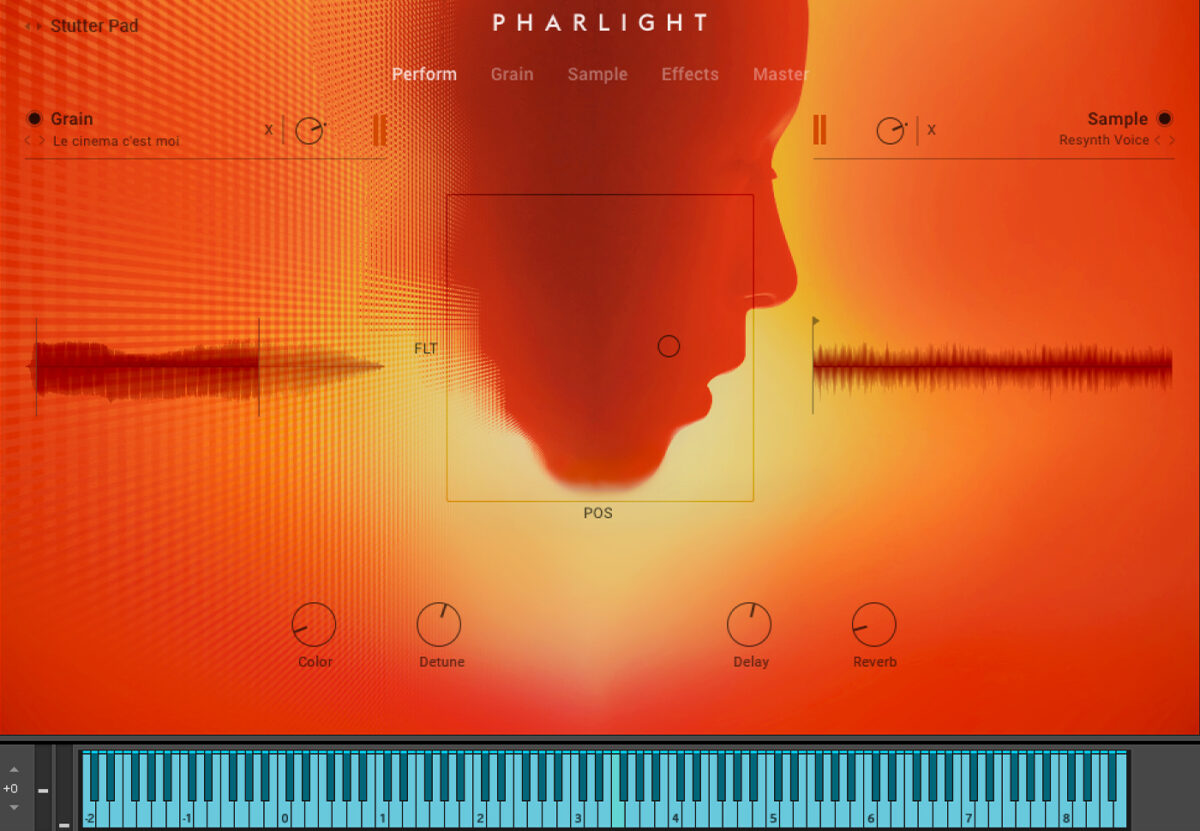
Rising in popularity over the past decade, vocal chops have become all the craze in just about every genre under the sun. And, I’m pretty sure they’re here to stay. Vocal chops provide such an interesting texture because they blend the tools of modern music production with the intimate, organic sound of the human voice.
But, what are vocal chops, exactly? And, how do you make them? Discover what vocal chops are along with some examples. Then, we’ll jump into how to use vocal chopping to liven up your tracks. Are you re-e-e-e-a-a-d-y to make vocal chops that can sound like this?
Jump to these sections:
Free vocal samples: Interested in following along? Download vocal recordings of me saying each vowel for free. You can use them to follow along with this tutorial and create your own vocal chops. There’s no need to give me credit, but if you do come up with something cool using them, definitely send it to me on Instagram (@arthurkody) so I can take a listen!
You can also follow along with tools and sounds included in KOMPLETE 14, the go-to suite for producers, composers, and sound designers.
What are vocal chops in a song?
So, what exactly are vocal chops? Colloquially known as “chops” in music production settings, “Vocal chops” refers to the technique of slicing up and rearranging small snippets or “chops” of a recorded vocal sample to create a new melody or rhythm. This technique has become increasingly popular over the last ten years or so—especially in electronic dance music, hip hop, and pop music production.
Vocal chops can add a unique and creative touch to a track, and can be used to create catchy hooks, lead lines, and even percussive elements. They’re often processed with various effects such as reverb, delay, and distortion to further manipulate the sound and create a distinct texture.
The first track I recall hearing this technique in was “You Know You Like It” by DJ Snake and AlunaGeorge. Check it out:
Notice in this vocal chops example how having a human vocal present during the drop gives it a warm, sensual feel? But, by chopping up the vocal sample, it creates a totally different musical effect that your brain can’t quite comprehend. Because a human vocalist could never actually sing these phrases (or, at least they’d have a very difficult time trying to do so), vocal chops can somewhat trick the brain and make for a very intriguing sound.
Another example of vocal chops that truly wowed me when I heard it can be found in the intro of “Gold” by Kiiara. Give it a listen:
How do you make vocal chops?
There are several different ways in which you can achieve the coveted vocal chop effect; and, down below, we’ll walk through three different methods for how to make vocal chops. As long as you’re starting with a vocal and chopping it up in some way, it would be considered a vocal chop. The point of this technique is to play and experiment with the human voice to create new textures that no one’s ever heard before.
Method 1: Chop a phrase
The first method is probably the most common for pulling off the vocal chop effect. You simply start with a vocal phrase and chop it to bits. This can be done in any DAW by slicing apart a sample of a vocal phrase and rearranging it. The following example (from my track “Back to Earth” with Kundo) demonstrates this method perfectly. By taking the vocal phrase “give me something that’ll bring me back to earth” and rearranging it, Kundo was able to create a vocal chop that helps carry the drop forward. Take a listen:
Now, let’s walk through how to get that same effect step by step.
Step 1: Select your sample
For this example, I’m going to take a vocal phrase from my song “Where Should We Go.” Here’s the beginning vocal phrase:
Step 2: Chop it up
I simply dragged that phrase into my DAW, cut it up, and rearranged the various pieces. Here’s what it looks like:

And here’s what it sounds like:
Step 3: Play with pitch/formant
After I was happy with the overall structure of the phrase, I took every other audio clip in the new phrase and pitched them all up 12 semitones to give them more of a chipmunk vibe (but keep them in the same key). Give it a listen:
To add a formant shifting effect, I used the pitch module in Nectar 3 by iZotope (which, by the way, is a great tool to have in your arsenal if you’re gonna be making a lot of vocal chops in the future).

Here’s what the phrase sounds like after the formant shift is added:
Step 4: Add effects
To top it off, I added the FREAK effect plugin from the CRUSH PACK Effects Series in order to give it some subtle panning and modulation.

The final vocal chop sounds like this:
This vocal chop method allows you to get fresh, new sounds out of old material so quickly and easily!
Method 2: Sample a snippet
The next method for how to make vocal chops is to just take small vocal samples (one in this case), load it into a sampler, and play it like an instrument.
To start, let’s take a short recording of me saying “oh.”
Now, simply drag your sample into a sampler (I’m using KONTAKT for this demonstration).

One cool thing about KONTAKT is that it will automatically pitch your sample across the keyboard, so you can quickly start “playing” it like a real instrument. KONTAKT also allows you to easily change the start and end positions of your sample. By trimming both ends of my “oh” sample, I was able to get it nice and punchy. Then, by just fooling around on my MIDI keyboard for a few minutes, I came up with this riff:
As you can see, this method is pretty simple to implement, but can yield some pretty amazing results!
FREEBIE: Interested in trying out this technique yourself? This folder contains various recordings of me saying each vowel. Feel free to use them to create your own vocal chops! There’s no need to credit me, but if you do come up with something cool using them, definitely send it to me on Instagram (@arthurkody) so I can take a listen!
Method 3: Start with a preset
The last method I’m going to show you involves starting with a preset from within a vocal sample-based instrument. This will require that you have a vocal instrument already downloaded and installed.
If you’re in need of a good vocal-based instrument, I’d recommend PHARLIGHT. Not only does it come with some great presets for making vocal chops, but it also has tons of sweeping pads and cool textures made completely out of the human voice.

This next part’s pretty simple: just find a preset you like and start playing. This is one of the reasons I can’t recommend PHARLIGHT more—within less than two minutes of toggling through the presets, I found one called “Stutter Pad” and it’s perfect for creating vocal chops! Plus, it already has all the delay and reverb effects built in, and you can further modulate the sound with the XY grid on the main screen of the user interface (pictured above) in order to create some pretty cool movement.
Take a listen to what I came up with just by playing with this one preset in PHARLIGHT:
You see: with the right source material, crafting killer vocal chops is a breeze!
Start making and using your own vocal chops
By now, you should have a good understanding of what vocal chops are and how to create them. And, as I’m sure you’ve seen, vocal chops can add a unique flavor to any track, no matter the genre. But, remember: the main purpose behind adding chopped up vocals to your music is to create something entirely new—something no one has ever heard before. So, experiment like crazy and bring some fresh sounds to life!
Also, if sound design like this sparks your fancy, definitely give this guide on sound design a read.















